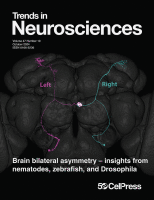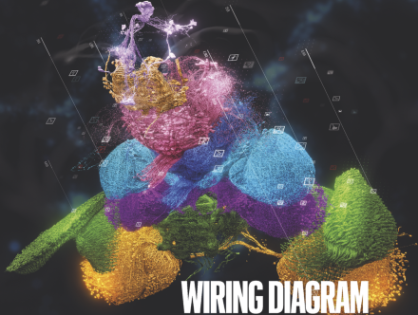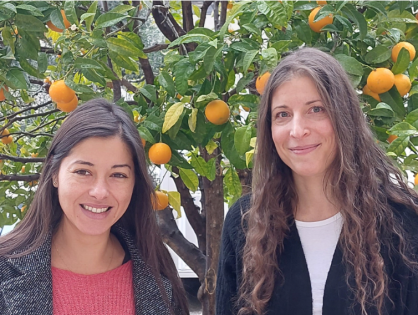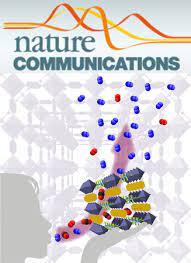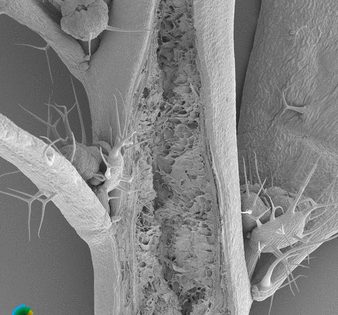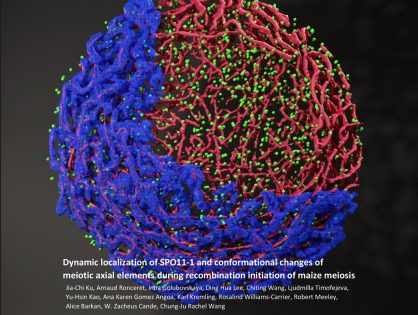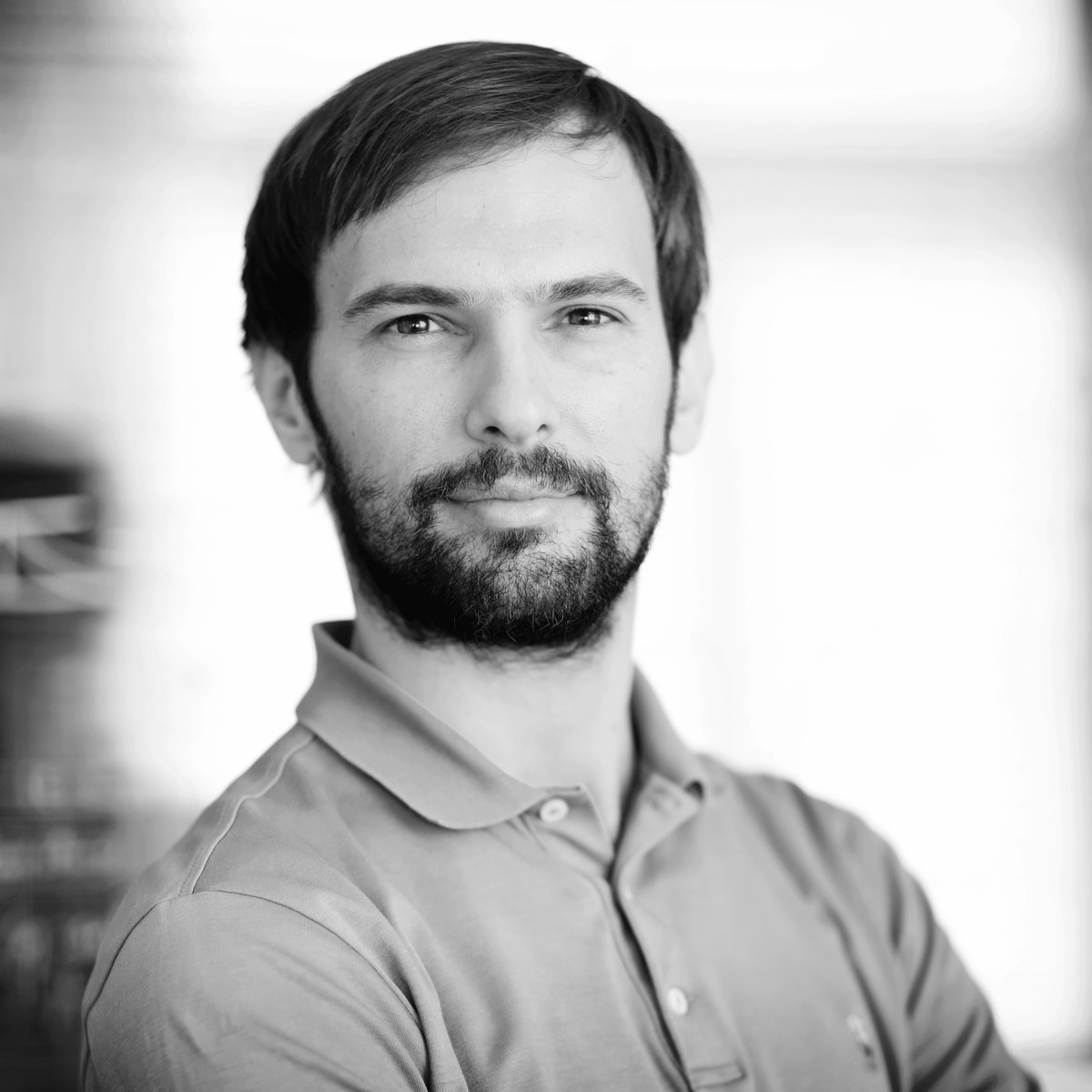Tag: NOSELLI
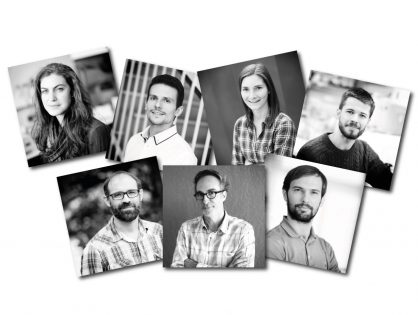
UCA annual Award Ceremony: 7 iBV members recognised for their scientific contributions
iBV is a member of Université Cote d’Azur (UCA), a cluster of Research and Higher Education on the French Riviera. Each year UCA organises a special award ceremony recognising the talent and accomplishments of researchers, students and artists who have been awarded prestigious prizes for their work.
This year, 7 iBV members will take part to the ceremony for their excellent scientific contributions:
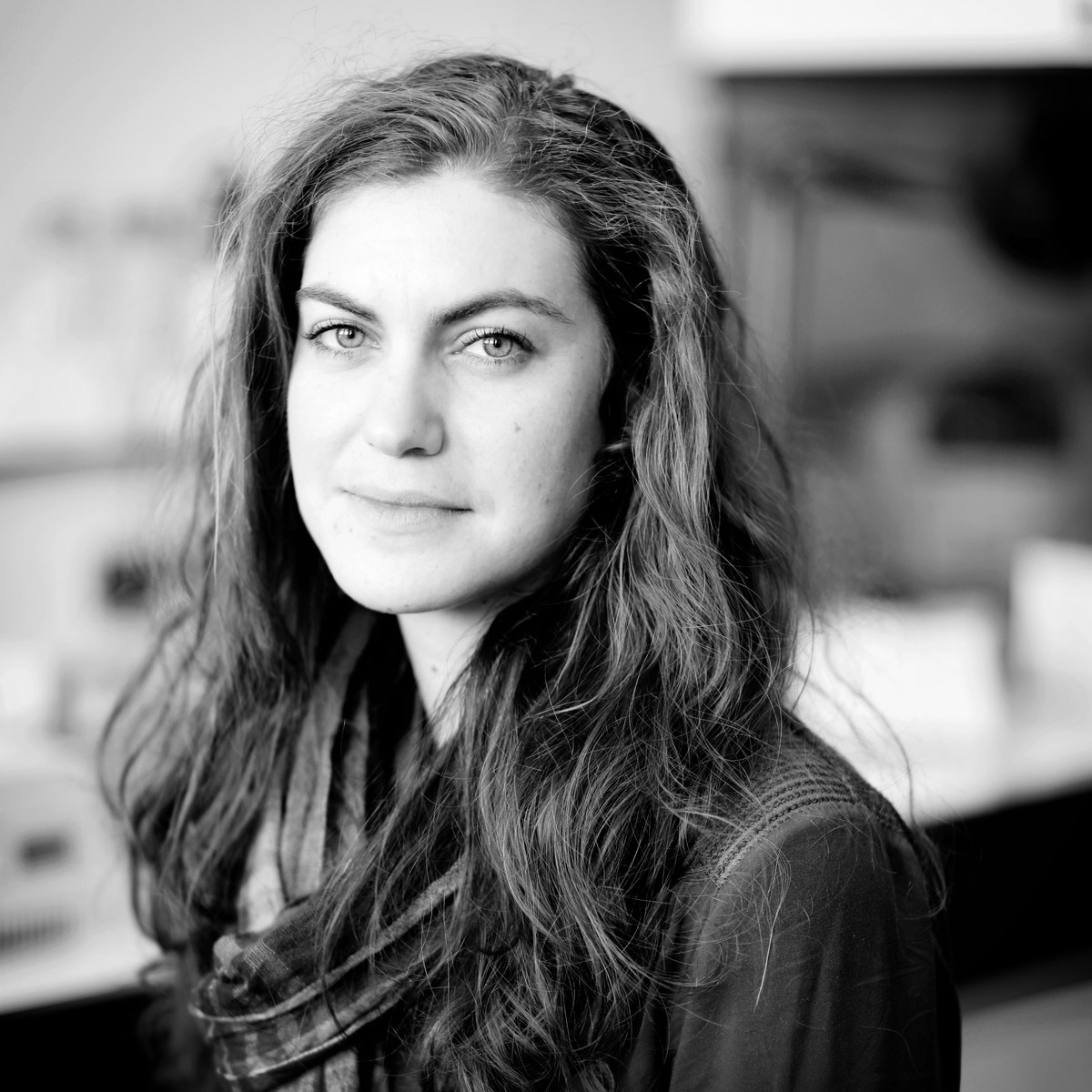
Cécilia COLSON
PhD Student - AMRI Team
Best Poster Award - 14ème Congrès international du Groupe d’Etude et de Recherche en Lipidomique (GERLI)
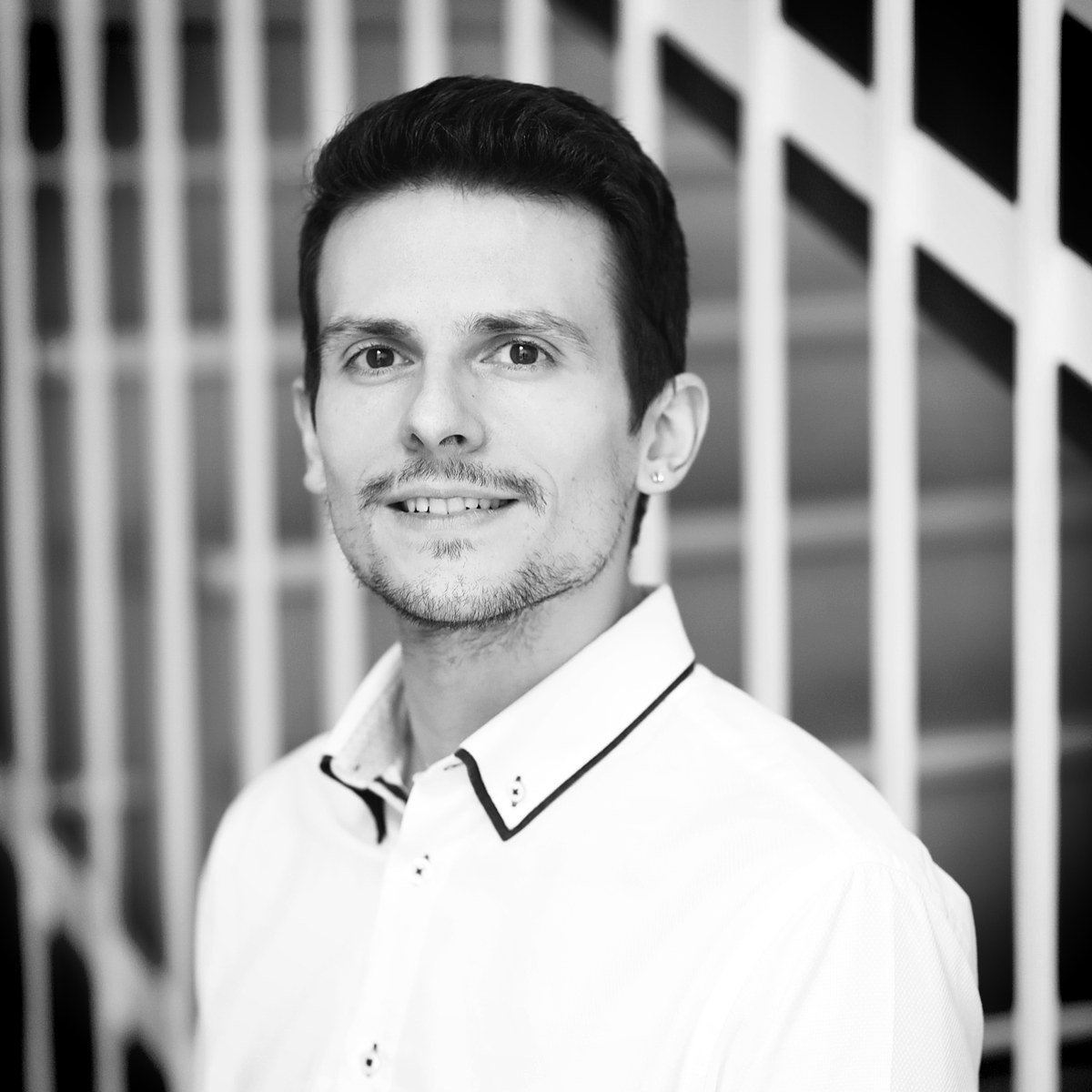
Georgios EFTHYMIOU
PhD Student - VAN OBBERGHEN-SCHILLING Team
Cellular Oncology Poster Prize – EACR Conference Series, Goodbye Flat Biology
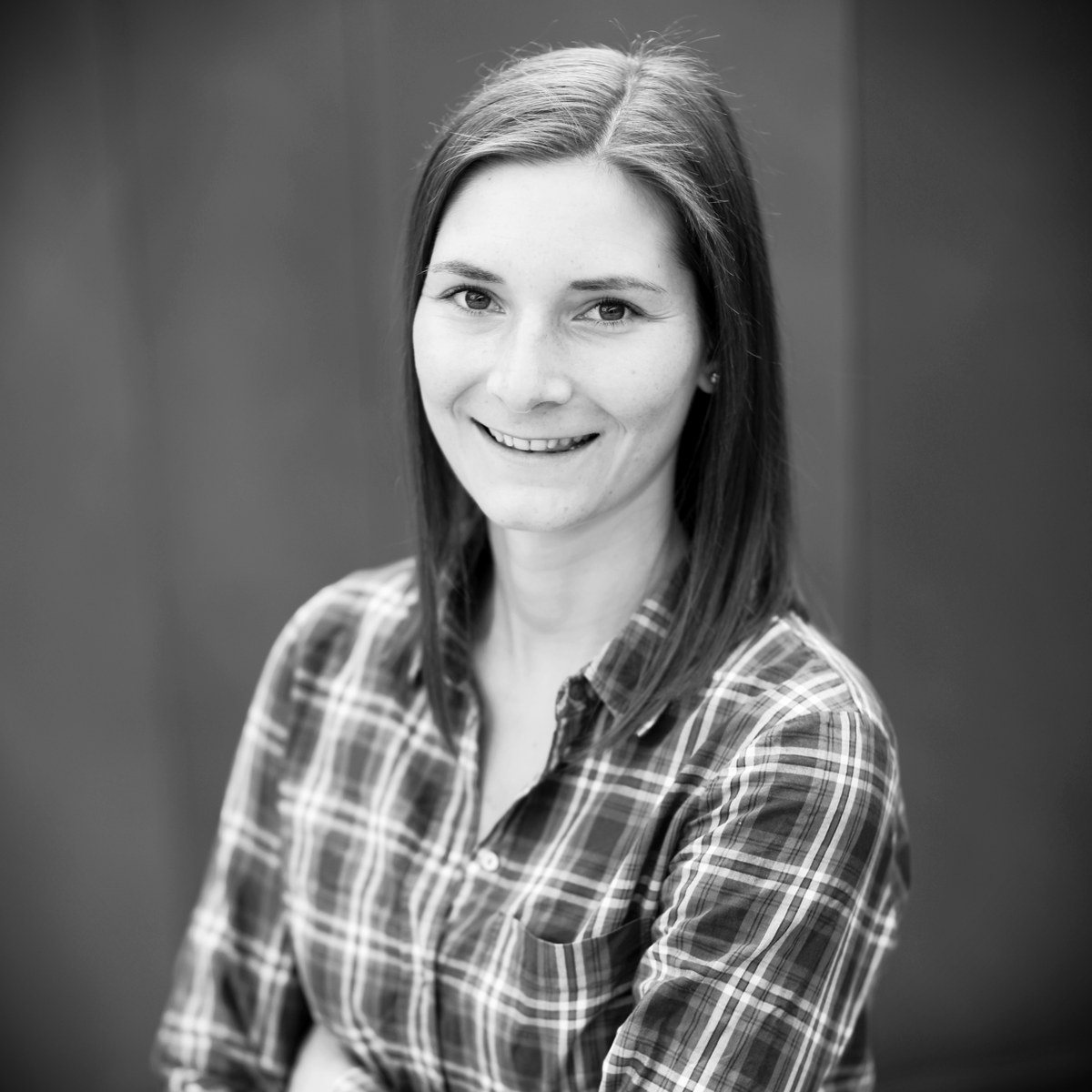
Anaelle GRABEK
PhD Student - SCHEDL Team
Best poster presentation award - 18th Adrenal Cortex Conference
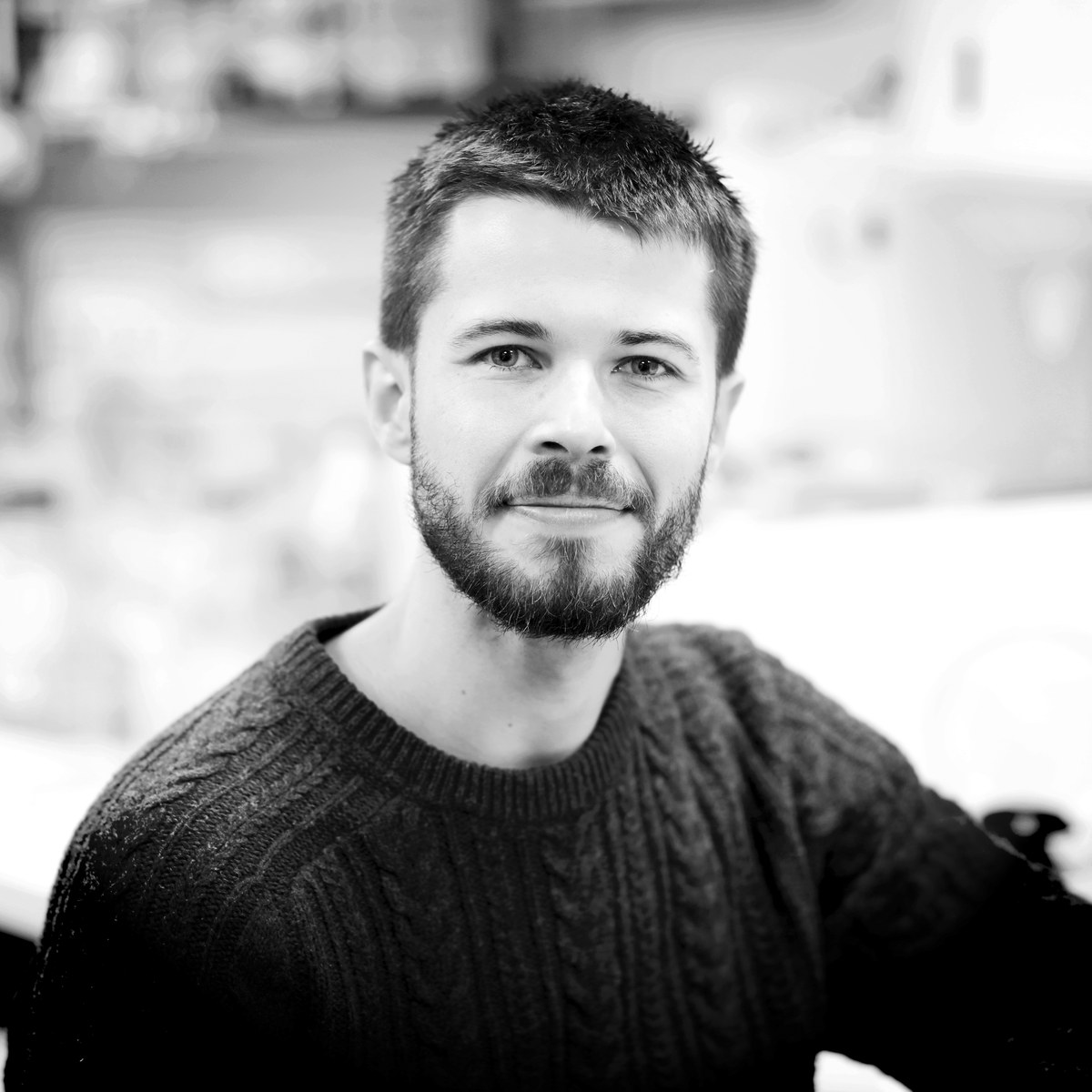
Julien MARCETTEAU
PhD Student - THEROND Team
Best poster award - 32nd French Drosophila meeting


Stéphane NOSELLI
Team Leader / iBV Director
Elected Member of Academia Europeae
The ceremony will take place at the "Galet" amphitheater, at the Pasteur Hospital Center in Nice on Monday December 10th at 6pm.
Congratulations to All Awardees !
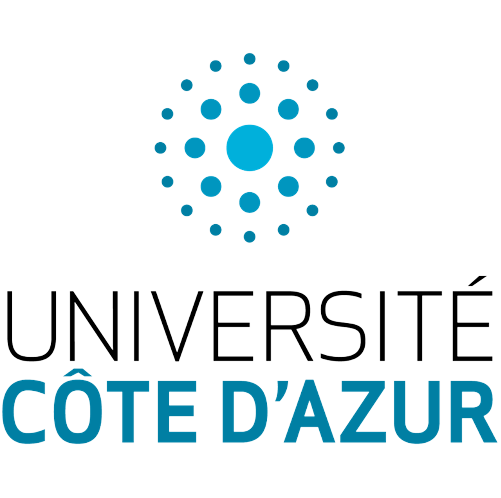
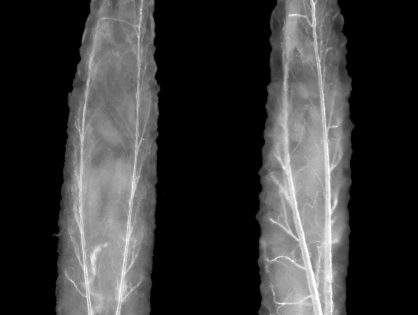
The origins of asymmetry: A protein that makes you do the twist
Asymmetry plays a major role in biology at every scale: think of DNA spirals, the fact that the human heart is positioned on the left, our preference to use our left or right hand … A team from the Institute of biology Valrose (CNRS/Inserm/Université Côte d’Azur), in collaboration with colleagues from the University of Pennsylvania, has shown how a single protein induces a spiral motion in another molecule. Through a domino effect, this causes cells, organs, and indeed the entire body to twist, triggering lateralized behaviour. This research is published in the journal Science on November 23, 2018.
Our world is fundamentally asymmetrical: think of the double helix of DNA, the asymmetrical division of stem cells, or the fact that the human heart is positioned on the left … But how do these asymmetries emerge, and are they linked to one another?
At the Institute of biology Valrose, the team led by the CNRS researcher Stéphane Noselli, which also includes Inserm and Université Cote d’Azur researchers, has been studying right–left asymmetry for several years in order to solve these enigmas. The biologists had identified the first gene controlling asymmetry in the common fruit fly (Drosophila), one of the biologists’ favoured model organisms. More recently, the team showed that this gene plays the same role in vertebrates: the protein that it produces, Myosin 1D,[1] controls the coiling or rotation of organs in the same direction
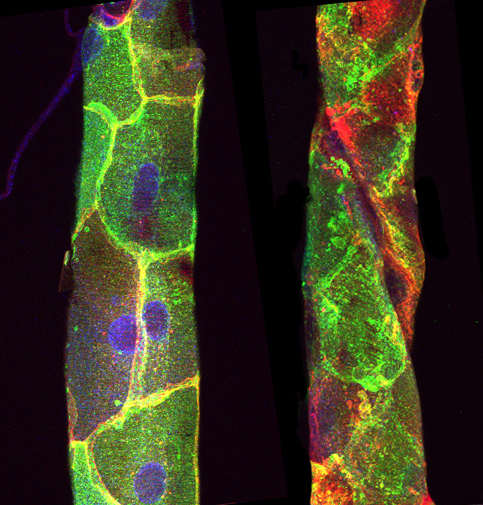
In this new study, the researchers induced the production of Myosin 1D in the normally symmetrical organs of Drosophila, such as the respiratory trachea. Quite spectacularly, this was enough to induce asymmetry at all levels: deformed cells, trachea coiling around themselves, the twisting of the whole body, and helicoidal locomotive behavior among fly larvae. Remarkably, these new asymmetries always develop in the same direction.
In order to identify the origin of these cascading effects, biochemists from the University of Pennsylvania contributed to the project too: on a glass coverslip, they brought Myosin 1D into contact with a component of cytoskeleton (the cell’s “backbone”), namely actin. They were able to observe that the interaction between the two proteins caused the actin to spiral.
Besides its role in right–left asymmetry among Drosophila and vertebrates, Myosin 1D appears to be a unique protein that is capable of inducing asymmetry in and of itself at all scales, first at the molecular level, then, through a domino effect, at the cell, tissue, and behavioral level. These results suggest a possible mechanism for the sudden appearance of new morphological characteristics over the course of evolution, such as, for example, the twisting of snails’ bodies. Myosin 1D thus appears to have all the necessary characteristics for the emergence of this innovation, since its expression alone suffices to induce twisting at all scales.
The molecular motor Myosin 1D creates asymmetry at all levels, from the movement of actin molecules (red and green filaments) to respiratory trachea (white tube-like structures), to the organism itself (here a Drosophila larva).
© Photo of larva: Gaëlle Lebreton; photo editing by Stéphane Noselli / iBV / CNRS
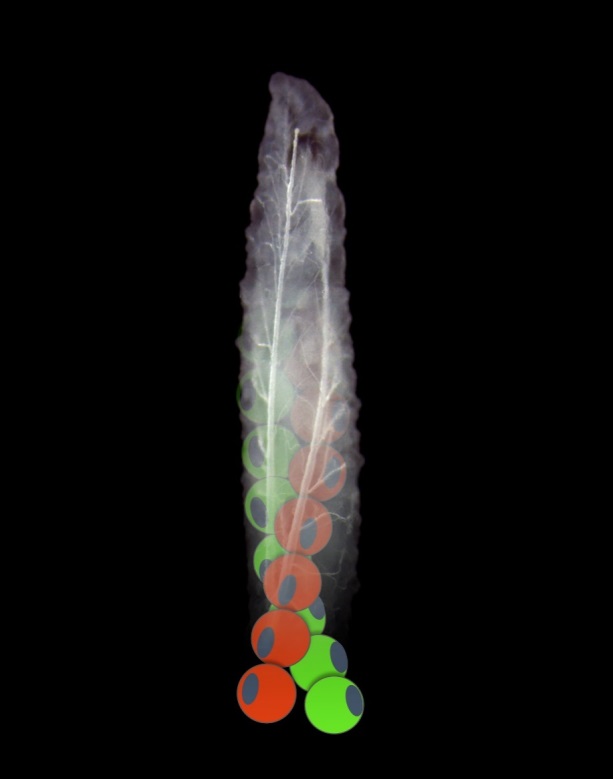
Video:
This video shows the movement of a normal larva (left) and a larva expressing Myosin 1D in its normally symmetrical epidermis. Whereas the normal larva crawls linearly, with its ventral side in contact with the liquid, the modified larva is twisted and moves via directional “barrel rolls.”
Credit: Gaëlle Lebreton / iBV / CNRS
Bibliography
Molecular to Organismal Chirality is induced by the Conserved Myosin1D, Gaëlle Lebreton, Charles Géminard, François Lapraz, Serapion Pyrpassopoulos, Delphine Cérézo, Pauline Spéder, E. Michael Ostap & Stéphane Noselli. Science, 23 November 2018. DOI: 10.1126/science.aat8642
Contacts
CNRS Researcher l Stéphane Noselli l T +33 (0)4 92 07 64 33 l noselli@unice.fr
[1] Myosins are a class of proteins that interact with actin (a constituent of cell skeletons or cytoskeletons). The most well-known of them, muscular myosin, makes muscles contract.
Press book
CNRS press release :
- english : http://www2.cnrs.fr/en/3180.htm
- french : http://www2.cnrs.fr/presse/communique/5749.htm
France Inter - Radio interview "La Tête au Carré" :
https://www.franceinter.fr/emissions/la-une-de-la-science/la-une-de-la-science-26-novembre-2018
National public radio - "Science Friday" (USA) :
https://www.sciencefriday.com/segments/the-asymmetrical-self/
Cité de la Science - article:
http://www.cite-sciences.fr/fr/ressources/science-actualites/detail/news/la-proteine-de-lasymetrie/?tx_news_pi1%5Bcontroller%5D=News&tx_news_pi1%5Baction%5D=detail&cHash=4a125471b44d78e792c15c2cf21c419e
Sciences & Avenir - article :
News on other websites :
http://blogs.sciencemag.org/pipeline/archives/2018/12/13/right-side-left-side
https://phys.org/news/2018-11-asymmetry-protein.html
https://www.eurekalert.org/pub_releases/2018-11/c-too111518.php
https://naked-science.ru/article/biology/raskryt-sekret-hiralnosti-v
https://www.technologynetworks.com/tn/news/protein-that-makes-us-wonky-312148
https://www.sciencedaily.com/releases/2018/11/181123135026.htm
https://www.bionity.com/en/news/159848/a-protein-that-makes-you-do-the-twist.html?WT.mc_id=ca0068
http://www.lescienze.it/news/2018/11/26/news/asimmetria_organi_miosina-4203403/?rss
https://www.analytica-world.com/en/news/159848/a-protein-that-makes-you-do-the-twist.html
https://aus.remonews.com/a-protein-that-makes-you-do-the-twist/
https://new.qq.com/omn/20181126/20181126A1S0IT.html
https://modagab.cf/2018/11/24/protein-clue-to-biological-asymmetry/
https://tech2.org/a-protein-that-makes-you-turn-around-report/
http://www.azeritimes.com/science/the-origins-of-asymmetry-a-protein-that-makes-you-do-the-twist/
https://cosmosmagazine.com/biology/protein-clue-to-biological-asymmetry
https://www.chemistryworld.com/news/chirality-gene-puts-life-in-a-twist/3009786.article
https://www.technologynetworks.com/tn/news/protein-that-makes-us-wonky-312148


